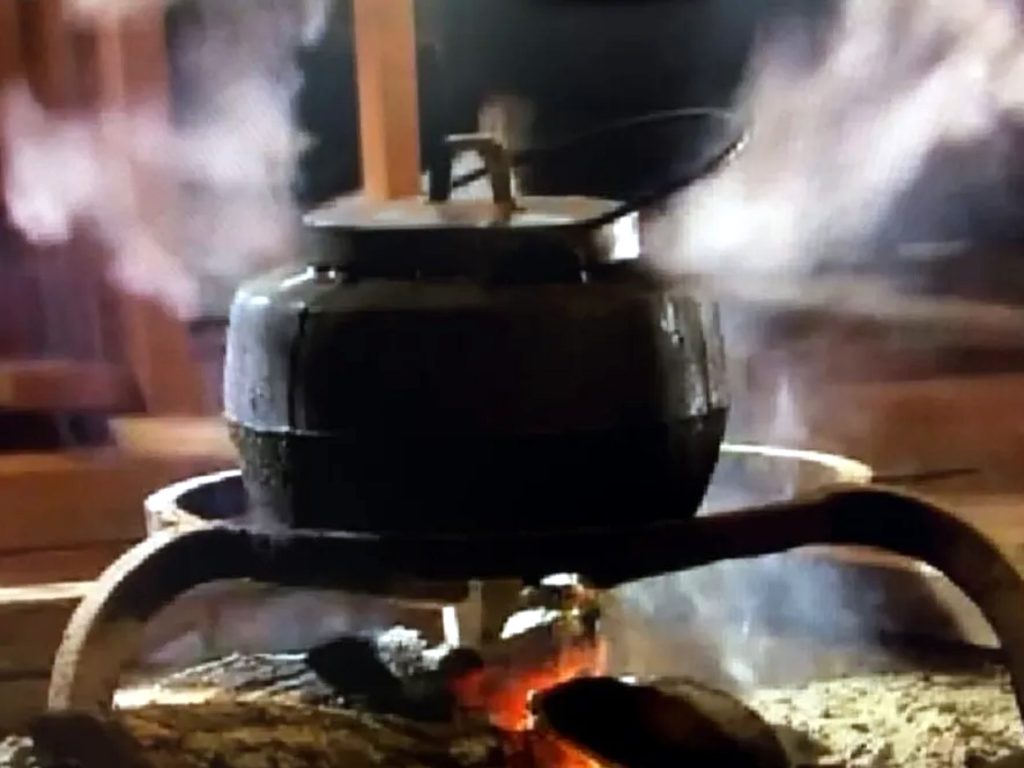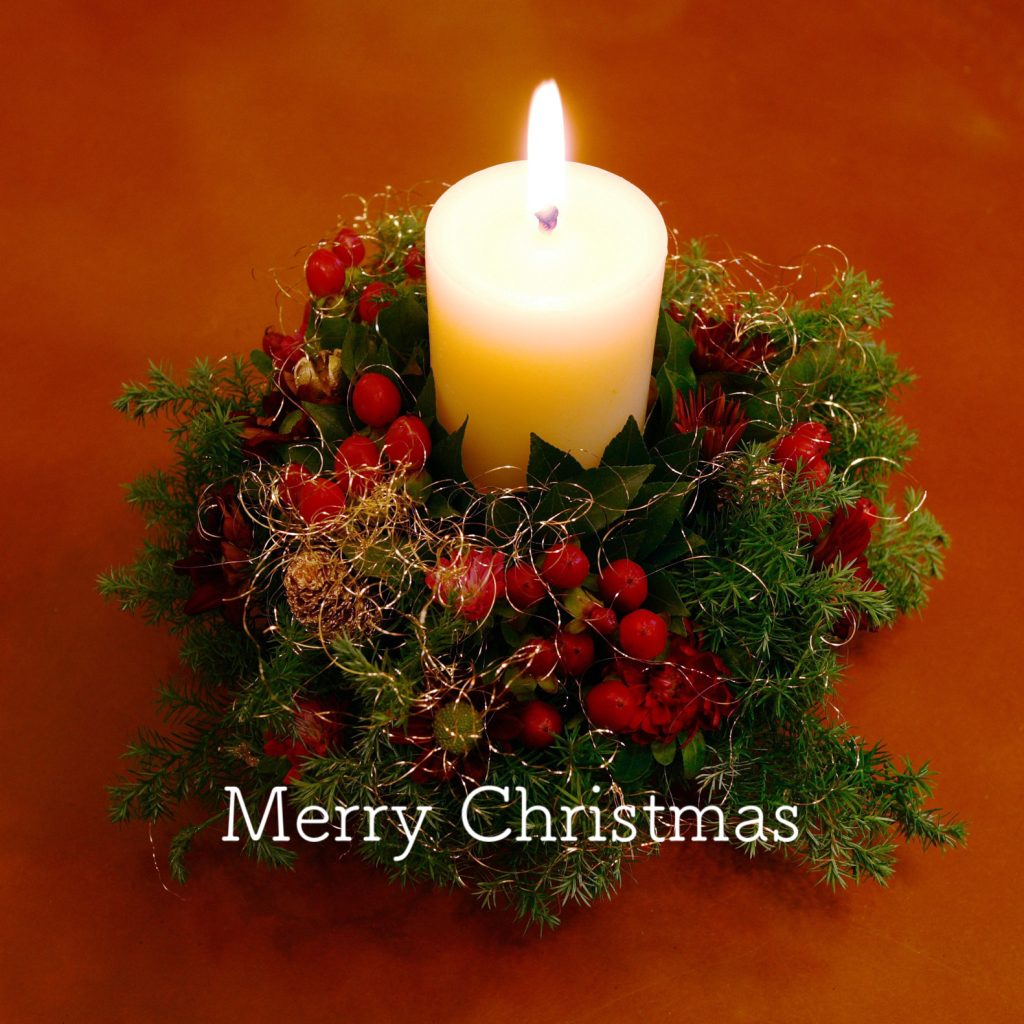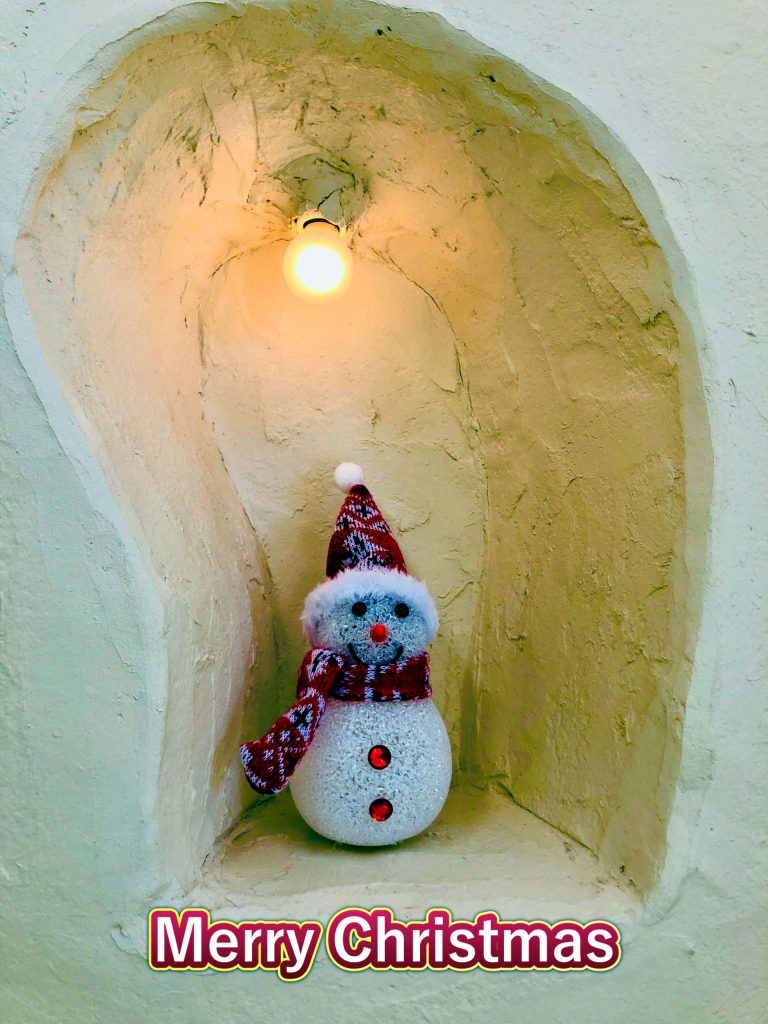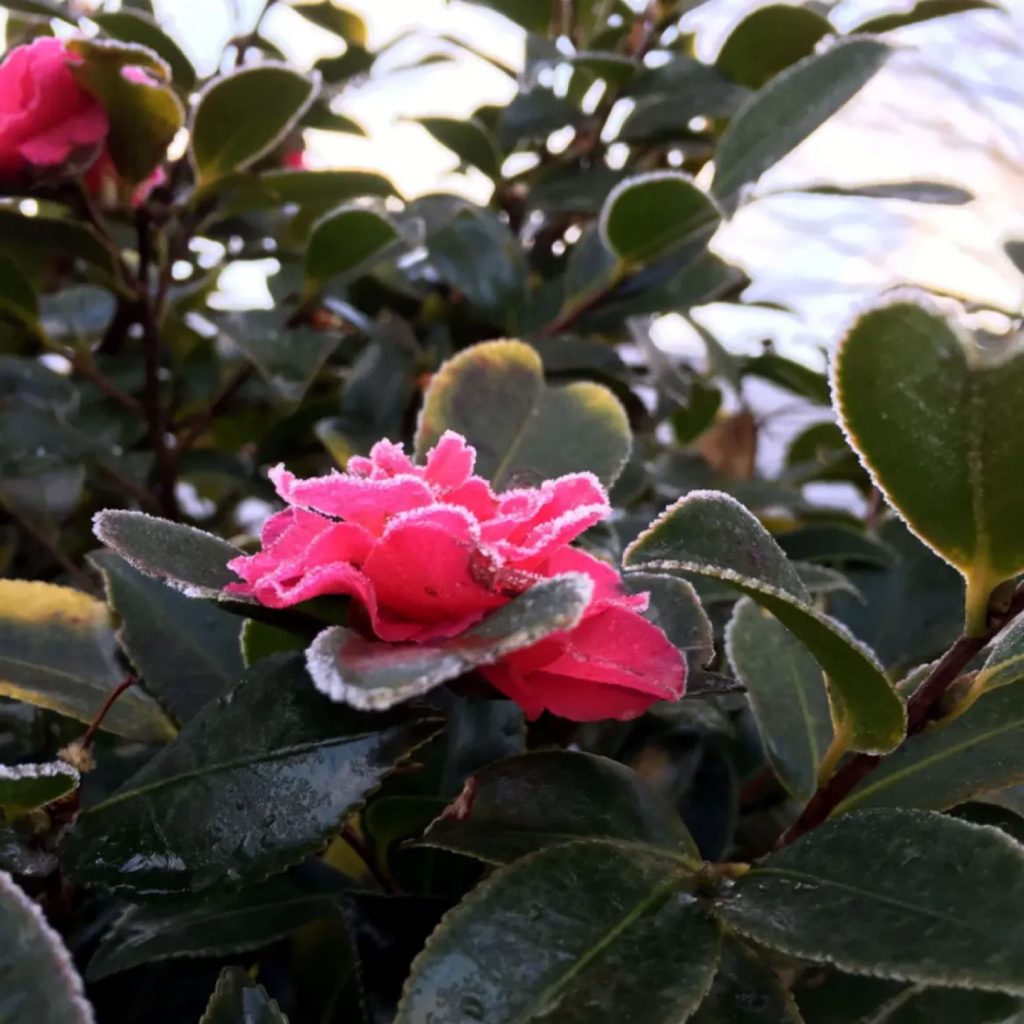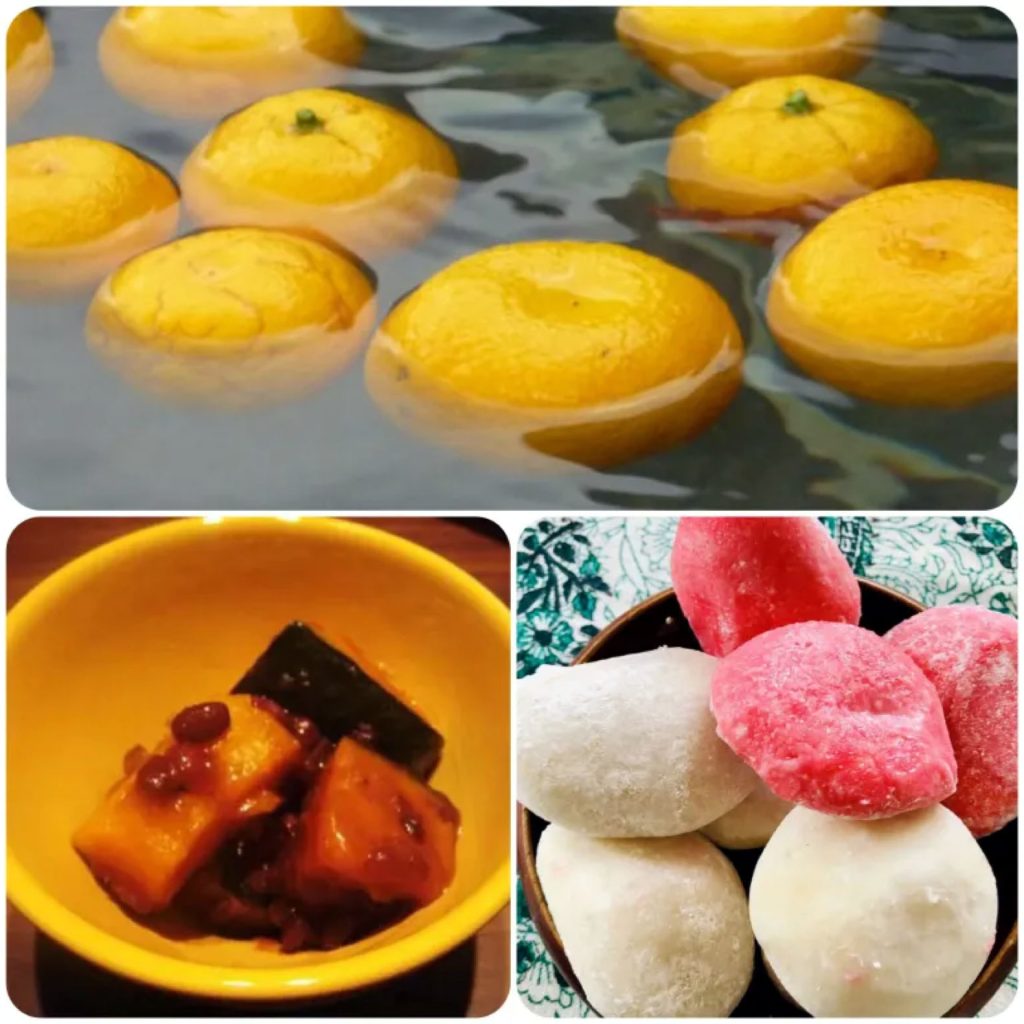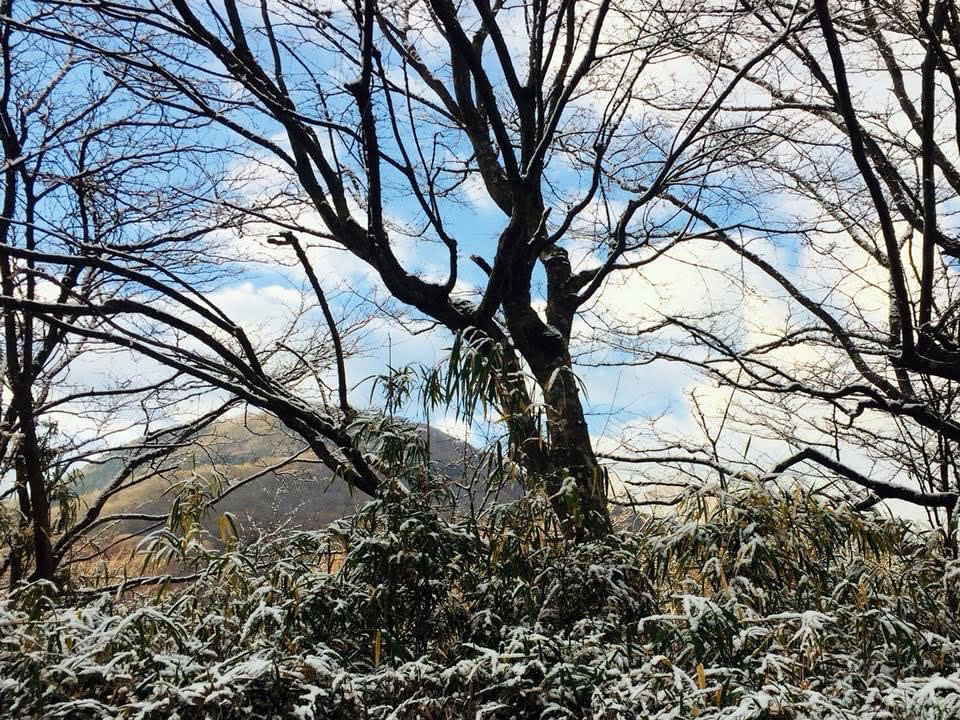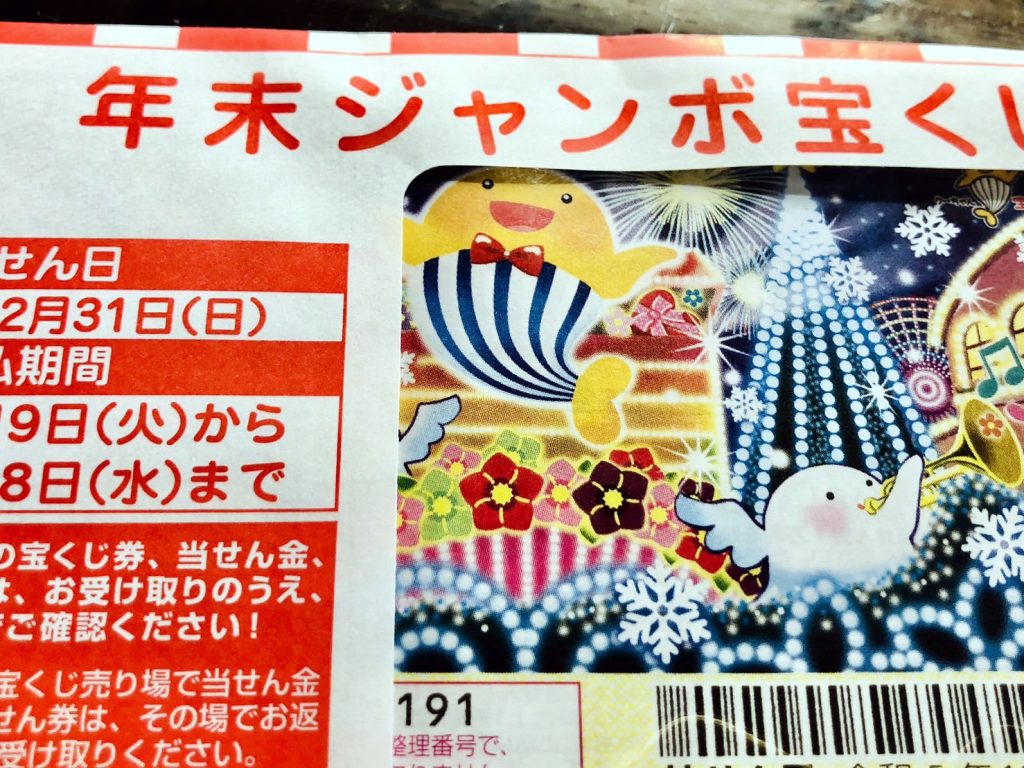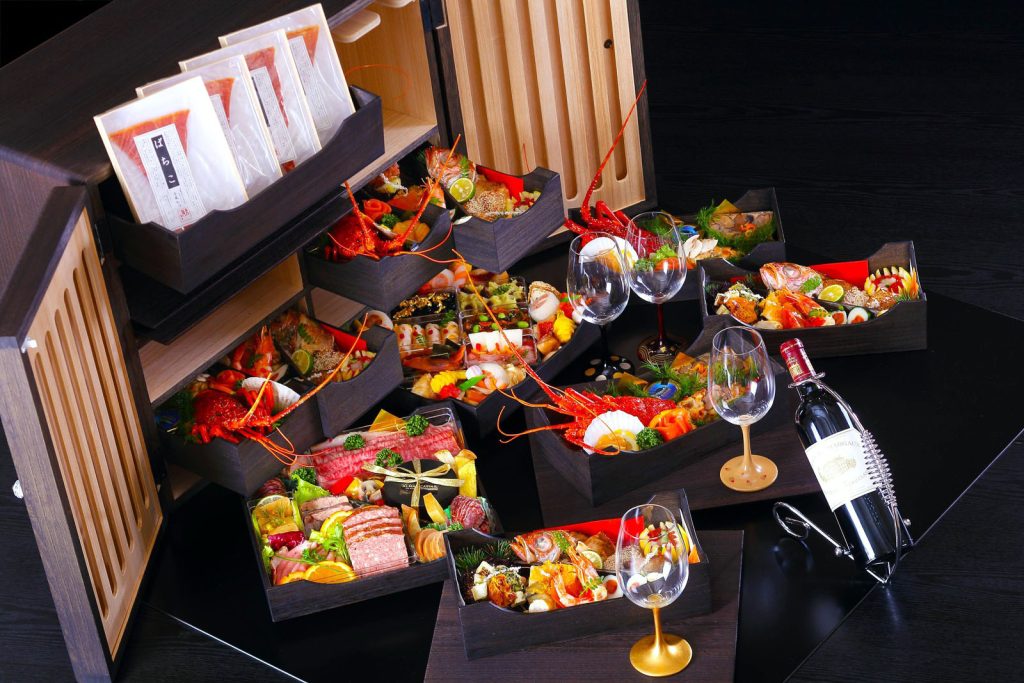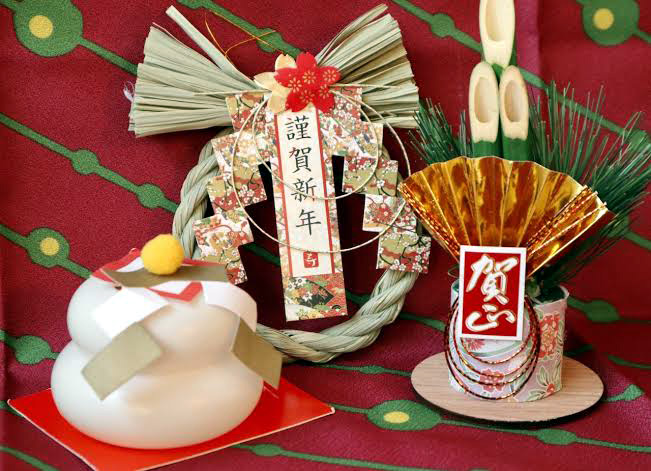
There’s a 100-yen shop on the second floor of the nearby supermarket. After getting a haircut, I casually dropped by, and at the entrance of the store, New Year’s goods are lined up in a cramped space. It looks just like toys, but they are practical items. It’s impressive that such products can be made for 100 yen. The market size of 100-yen shops is approximately 996.9 billion yen in sales and 9,000 stores. By the way, the market size of convenience stores is about 11.76 trillion yen in sales, with 57,000 stores. In terms of sales, it’s 1/12 of convenience stores, and in terms of the number of stores, it’s 1/6. Convenience stores and 100 yen shops have one thing in common: they have grown rapidly over the past 40 years, and they have recently been active in expanding overseas. It seems that there are one coin shops in each country, but major Japanese 100-yen shops like “Daiso,” with the signboard proudly stating “DAISO JAPAN,” make it clear that they are a Japanese brand, expressing reliability and a sense of high quality as they increase the number of stores overseas. Both convenience stores and 100-yen shops have become formidable competitors to department stores and major supermarkets. It will be interesting to watch what strategies they will adopt for their new overseas expansion.
近くのスーパーの2階に100円ショップがあります。散髪の帰り、何の気なしに立ち寄ったら、店の入口にお正月用品が所狭しと並んでいます。まるでおもちゃの様です。しかし、おもちゃではなく、れっきとした実用品です。よくこんな商品が100円でできたものだと感心します。100円ショップの市場規模は、売上高で約9969億円、店舗数で9000店舗です。因みに、コンビニの市場規模は、売上高で約11兆7,600億円、店舗数は5万7000です。 売上高はコンビニの12分の1、店舗数は6分の1と言う事になります。 コンビニも100円ショップもここ40年の間に急成長したこと、最近は海外展開に積極的な事も共通項です。各国ともワンコインショップはある様ですが、日本の100円ショップ最大手の「ダイソー」 などは、看板に「DAISO JAPAN」と日本のブランドであることを明確にし、信頼性や高品質感を表現して海外でも店舗数を増加させています。コンビニも百円ショップも今や、百貨店や大手スーパーを脅かす存在になっています。新たな海外展開に向けてどんな戦略を打ち出していくか見守っていきたいです。


